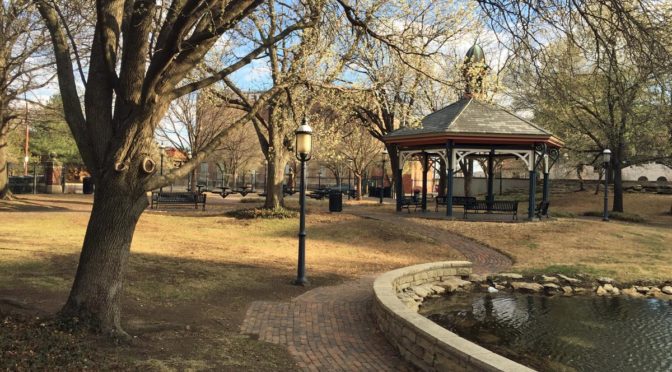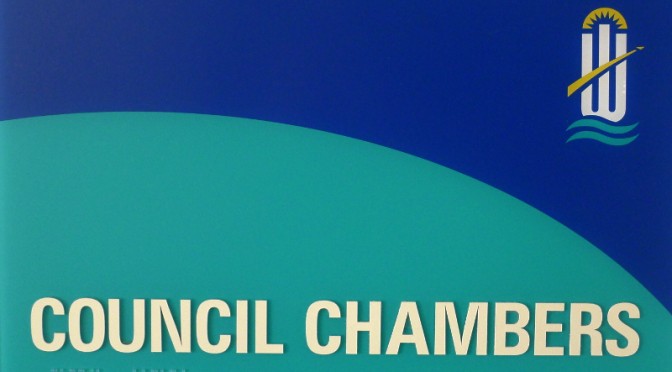As Project Wichita gets ready to gather information and set goals, let’s be aware that we’ve done this before, and not long ago.
Project Wichita is a new initiative to do something about the future of Wichita. I hope it works. But we’ve been down this road before, and I don’t know of anything created that has been of lasting value.
That past effort was Visioneering Wichita. I’d supply a link to its website, but the site went stale from lack of updates. Eventually it was abandoned, although its remnants may be found at archive.org. (Visioneering Wichita does have a Facebook page, although it hasn’t been updated for eight years.)
Here’s one of the goals that Visioneering Wichita created for the city:
Income Growth: The Wichita MSA must increase its focus on those non-manufacturing job sectors that generate higher pay. Since 2002, the Wichita per capita income as a percent of the United States per capita income has slowly increased, and in 2006 and 2007, the value exceeded 100%, for the first time since 1987.16 In spite of the recent uptick in Wichita’s per capita income as a percentage of the United States, it is expected that it will continue the longer term decline c until: a) the decline in manufacturing jobs stops b) the gap between the United States and Wichita in non-manufacturing earnings per job begins to decrease and c) the gap in minority income is decreased. 1




Staff of the Visioneering Wichita project used to provide updates on these statistics from time to time. The last update provided to officials that I can recall was in 2013.

Of the declining labor force, Wichita government and civic leaders use this in two different, and conflicting, ways. First, the declining labor force means that even though job growth is very low, the unemployment rate has dropped, and by a lot. This improved unemployment rate is trumpeted by politicians and bureaucrats. Second, we see concern that Wichita may not have the workers necessary to fill jobs in expanding companies like Spirit Aerosystems. This is used to promote increasing spending on incentives and training infrastructure.

Perhaps the best thing Project Wichita could do is to reveal the truth about the Wichita economy and the economic development infrastructure we’ve built. The Chung Report has done a bit of this. But I don’t think our civic leaders act as through they know and understand. It is against their self-interest to admit that what they’ve done hasn’t been working.
—
Notes
- Visioneering Wichita Revised Vision Document, May 2009. ↩














